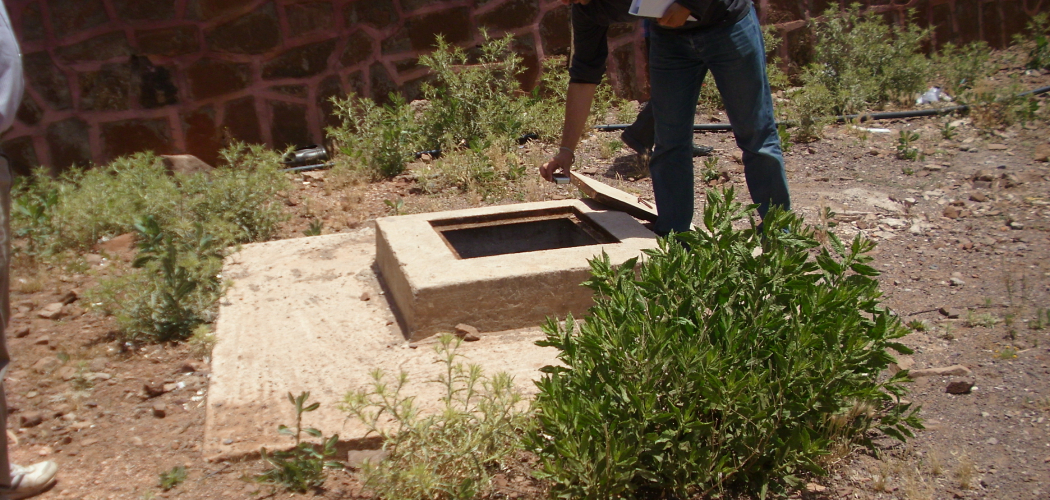Septic tanks are an essential part of many home plumbing systems, and when they become clogged, they can be a major disruption to your usual routine. It could mean calling in a professional plumber if you don’t know unclogging a septic tank toilet.
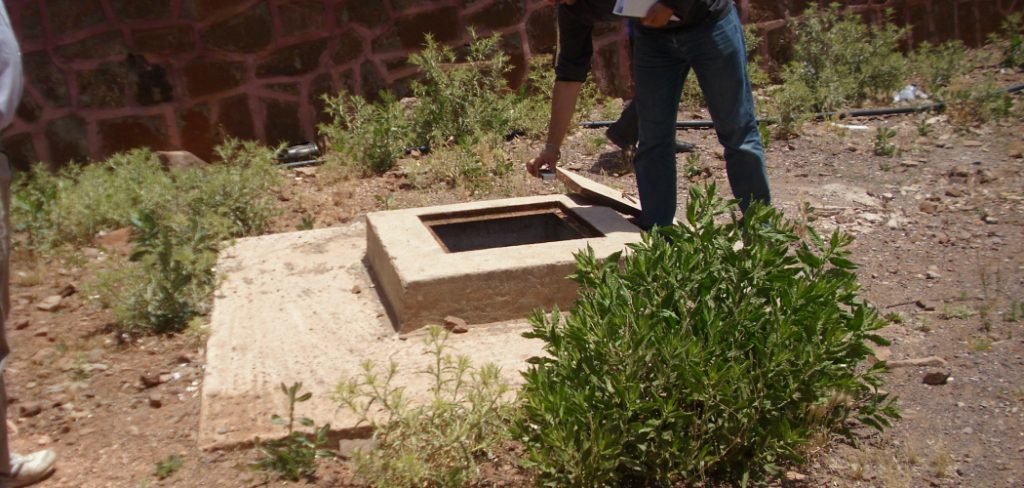
This would result in additional costs and inconvenience. Therefore, properly unclogging your septic tank toilet is essential for keeping it running smoothly and efficiently.
Unclogging a septic tank toilet has several advantages, including cost savings and environmental protection. Septic tanks are much less expensive to maintain than traditional sewage systems, as they require fewer materials and labor costs in order to keep them operational.
Additionally, septic tank toilets use very little water, reducing the strain on municipal water sources. They also reduce the amount of runoff and wastewater entering rivers, streams, and other bodies of water. In this blog post, You will learn how to unclog a septic tank toilet in detail.
What Are the Signs That Indicate a Serious Clog in the Septic Tank Toilet?
When a septic tank toilet becomes clogged, it can present a major inconvenience and potentially lead to serious problems. To determine if a full-on clog is imminent in the septic tank toilet, look for the following signs:
- Slow Drainage: If the water takes longer than normal to drain from the bowl after flushing, it is likely that the septic tank toilet has a clog.
- Gurgling Noises: If you hear gurgling noises coming from the bowl after flushing, this could be a sign of an impending serious clog.
- Unpleasant Smell: A smell coming from the septic tank toilet indicates that the water is not being flushed properly, and a clog may be forming.
- Blockage: If you can see an obstruction in the bowl, it means that a blockage has already occurred and needs to be removed.
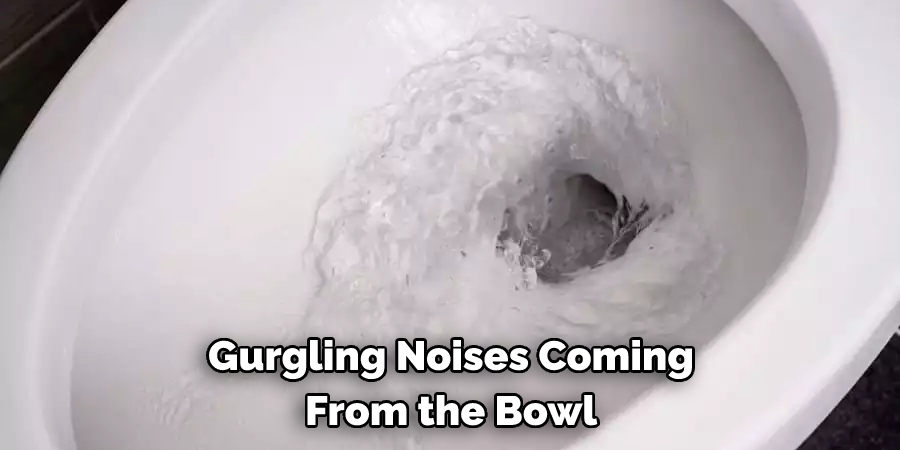
If any of these signs are present, it is important to unclog the septic tank toilet as soon as possible. The longer a clog is left unattended, the more serious it can become.
Tools You Will Need
- Plunger
- Auger or drain snake
- Rubber gloves
- Mask and safety goggles
- Bucket
- Old towels and rags
- Plastic sheeting
- Baking soda and vinegar
- Sewage enzyme treatment
- Towels for drying up.
Step-by-step Instructions for How to Unclog a Septic Tank Toilet
Step 1: Inspect the Toilet Bowl
Look for any debris that might be blocking the flow of water from the tank. Remove any visible items by hand, such as sanitary wipes, toys, paper towels or other objects.
Step 2: Use a Plunger
Place a rubber plunger over the hole in the toilet bowl and plunge vigorously several times. This can often dislodge debris or other blockages to clear the clog. If plunging does not work, you may need to use a snake tool to remove the clog. Insert the snake into the toilets and push it down the pipe until you feel resistance. This indicates that you have reached the obstruction. Twist the snake to break up or remove the clog.
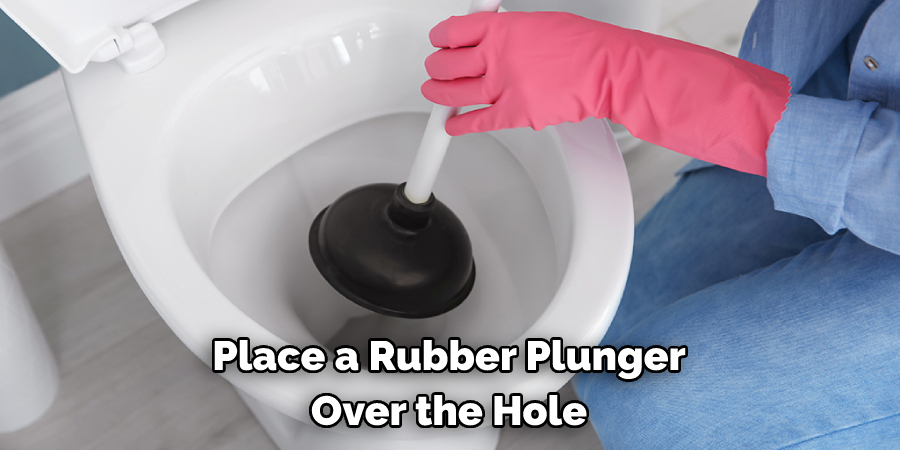
Step 3: Use an Auger
If a snake tool does not work, you will need to use an auger (aka “toilet auger”). An auger specifically designed for toilets has a longer and more flexible shaft than a normal snake tool. Insert the auger into the toilet, push until you feel resistance, then twist to break up or remove the clog.
Step 4: Use a Chemical Cleaner
If plunging, snaking, and augering do not work, purchasing a chemical toilet cleaner is an option. Read the label on the bottle before using so that you know the cleaner is safe for septic tanks. Follow the instructions on the bottle, pour it down the toilet, and wait for it to take effect (usually at least 15 minutes).
Step 5: Use Boiling Water
Boiling water can also be used to clear a clogged septic tank toilet. This method involves pouring several buckets of boiling water down the toilet, but be careful not to burn yourself.
If none of the above methods work, you may need a manual pump to remove the clog physically. This is an effective method for removing stubborn blockages in septic tanks. Be sure to read and follow all safety instructions before using the pump.
Step 6: Flush the Toilet
After removing the clog, flush the toilet several times to ensure that all the debris has been cleared out. Inspect your toilet and pipes for any signs of leaks or other damage caused by your efforts to unclog the toilet. If none of these methods work or if you are uncomfortable attempting any of them, contact a plumber for assistance. A professional can help you correctly diagnose and resolve your issue quickly and safely.
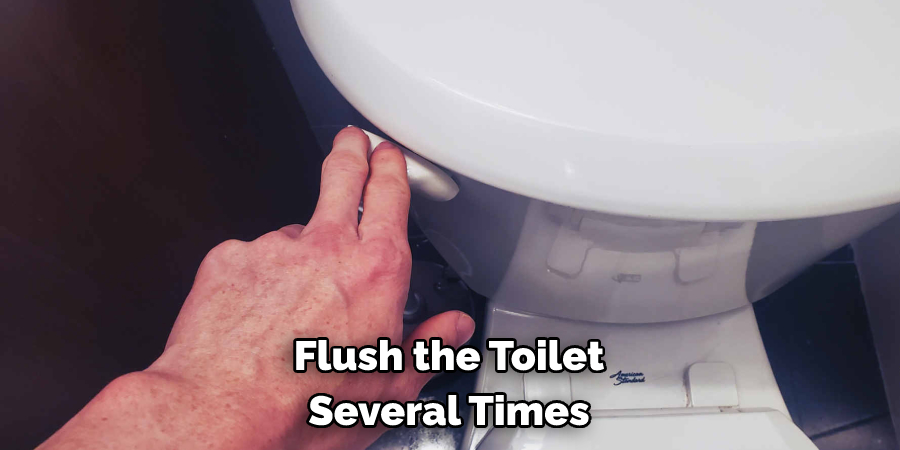
Finally, remember to stay safe and use protective equipment when working on a septic tank toilet. Wearing gloves, safety glasses, and a mask can help protect you from any hazardous materials that may be present in the clog or the tank itself. With these steps, you should now know to unclog a septic tank toilet.
Safety Tips for How to Unclog a Septic Tank Toilet
- Be sure to wear protective clothing and gloves before attempting to unclog a septic tank toilet. This will help to protect your skin from any potential bacteria or chemicals that may be present.
- When unclogging a septic tank toilet, always use the appropriate tools for the job. For example, make sure only to use a safety plunger or plumber’s snake. Do not use any sharp objects, as these could potentially damage the plumbing system.
- Make sure to turn off the water supply before attempting to unclog a septic tank toilet. This can help prevent further clogging and damage to the pipes and plumbing system.
- Contact a professional plumber for assistance if you are unsure of unclogging a septic tank toilet. A plumber will have the right tools and knowledge to effectively solve your problem without causing any additional damage.
- Check for any leaks or cracks in the pipes before attempting to unclog the septic tank toilet. Leaks or cracks can cause further damage and increase the chances of a blockage.
- Never use chemical drain cleaners when unclogging a septic tank toilet, as these can potentially damage the plumbing system and even corrode metal pipes.
- Regularly maintain your septic tank toilet by having it cleaned and inspected by a professional. This will help to keep your septic system working effectively and reduce the chances of blockages or clogs.
Following these safety tips can help to ensure that you can safely and effectively unclog a septic tank toilet without causing any further damage.
How Can You Prevent Future Clogs in Your Septic Tank Toilet?
The best way to prevent toilet clogs in a septic tank is to keep the drain clear, free of obstruction, and well-maintained. To do this, it’s important to only flush biodegradable items like human waste and toilet paper down the toilet – never put anything else down the toilet. This includes things like feminine hygiene products, cotton swabs, dental floss, and other items that can get stuck in the drains.
You should also avoid using chemical drain cleaners, which can damage your septic tank’s plumbing system. Additionally, it’s important to have regular pump-outs done every 3-5 years to keep your septic tank functioning optimally.
Finally, if you think a clog may be forming in your septic tank toilet, always act quickly to avoid any potential damage. Place a bucket under the tank before attempting any DIY unclogging methods, like using a plunger or auger, as these can cause further blockages and overflow. If the issue persists or worsens, contact a professional plumber.
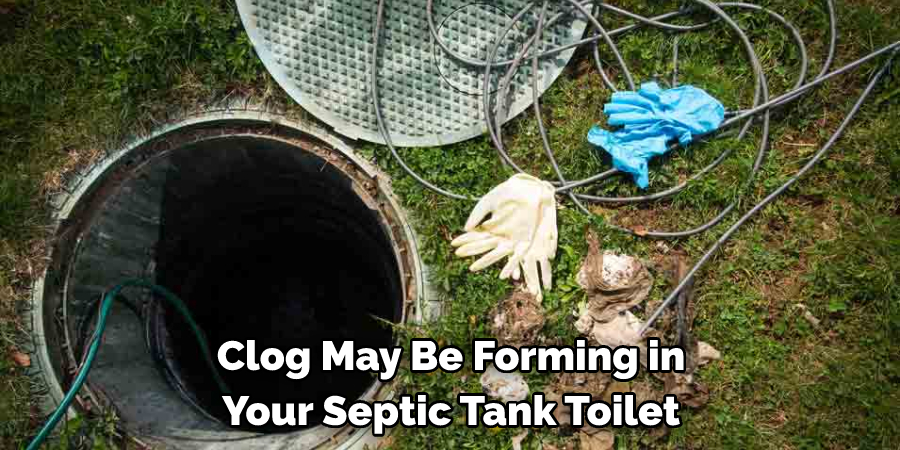
How Often Should You Have Your Septic Tank Inspected and Serviced?
Having your septic tank inspected and serviced regularly is essential to ensure it’s functioning properly. The frequency at which you need to have the septic tank cleaned and serviced will depend on a few things, including the tank’s size, usage levels, the age of the system, and local regulations. Generally speaking, most experts recommend having a septic tank inspected and serviced at least every three to five years.
Having the septic tank inspected regularly will help you identify any potential issues that need to be addressed before they become serious problems. If any issues are found, it’s important to address them as soon as possible in order to prevent further damage and costly repairs. Not only that but having your septic tank inspected and serviced on a regular basis will help ensure it’s unclogging toilets properly.
Conclusion
One of the biggest disadvantages of unclogging a septic tank toilet is that it can be difficult to identify exactly what is causing the blockage. If too much detergent, grease, or other materials have been put down the drain, then these materials may be stuck in the pipes, making it difficult for the plunger to get them out.
In conclusion, unclogging a septic tank toilet does not have to be a daunting task. By following the steps above and taking the appropriate measures, you can unclog your septic tank toilet quickly.
However, if all else fails, it is always best to consult a professional plumber who has experience dealing with these types of issues. With the right help, you can ensure that your septic tank toilet is functioning properly. I hope this article has been beneficial for learning how to unclog a septic tank toilet. Make Sure the precautionary measures are followed chronologically.

